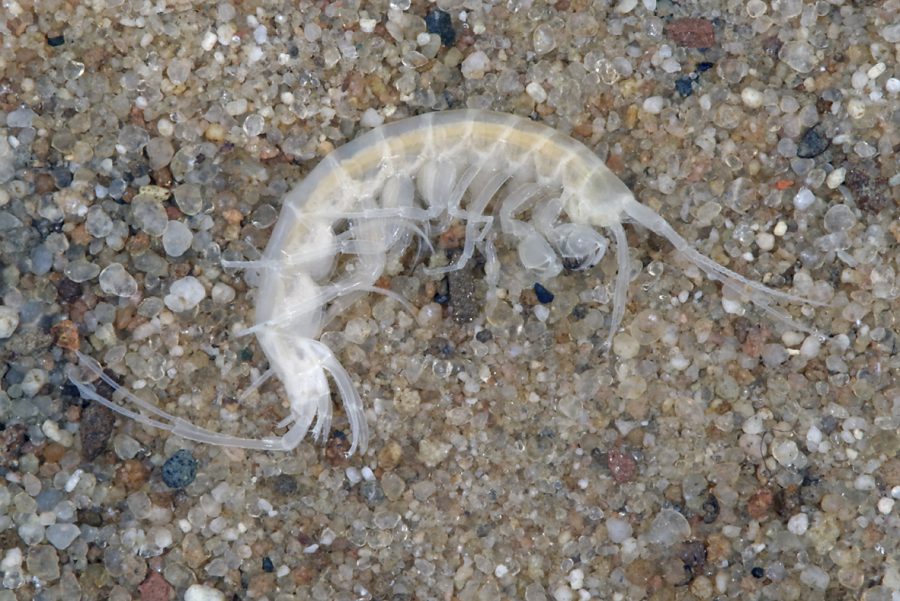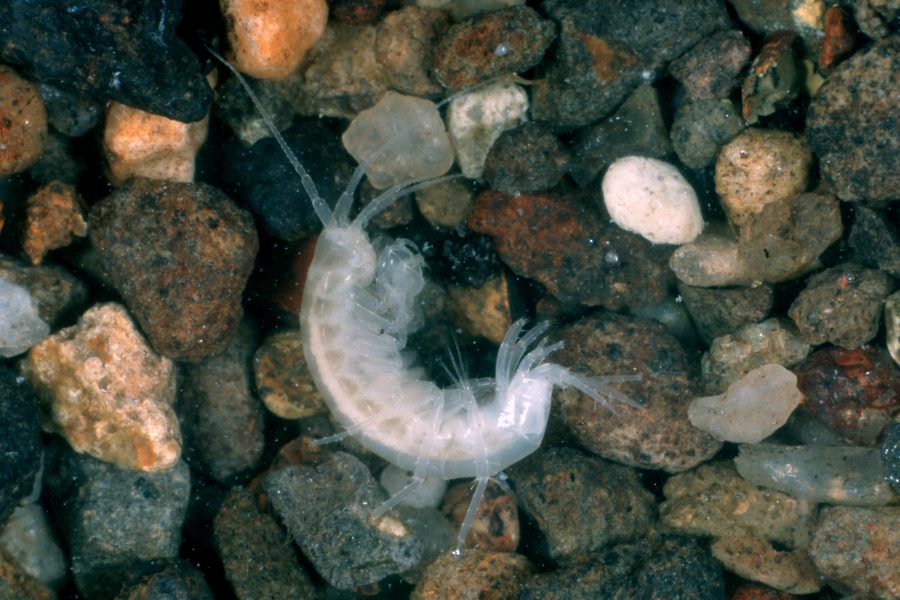
Cave Amphipod - Cave Animal of the Year 2009
Introduction
Water is the source of all life, thus it doesn't come as a surprise that many species are inhabiting the ground water, and in consequence also cave waters. One of these inhabitants is the Cave Anphipod Niphargus. It is actually a whole Crustacean genus, which harbours many different species. An identification key for the species exists, which was published in 1942, but it leaves many questions. Revised versions, based on this key, list currently 15 different species for Germany. The most common ones are Niphargus aquilex, Niphargus schellenbergi and Niphargus puteanus. Even today, science hasn't succeeded in differentiating the different variations unambiguously, either morphologically or genetically. Especially for this fact, the Cave Amphipod was elected as Cave Animal of the Year. The Verband der deutschen Höhlen- und Karstforscher e.V. (German Speleological Society) has chosen the Cave Animal of the Year to point out the immense deficiencies in the research of subterranean ecosystems and their associated faunas.
Description
All Cave Amphipods of the genus Niphargus are true inhabitants of the ground water, and are living exclusively in fresh water, though minor salinity is tolerated. They are found in the gravel of river beds, in caves, mines, wells and springs, were they sometimes come to the surface for feeding. There are also permanent populations known from the depth of Alpine lakes. Via the ground water, they also get into our water supply, where they are caught filtering devices. Cave Amphipods prefer constant, low temperatures, but are able to deal with sudden fluctuations of the temperature. The food of these crustacees consists of plant detritus and small animals living in the ground water. Cave Amphipods are found in a wide variety of sizes, from a few millimetres up to three centimetres, depending on the species.
Distribution
Species of the genus Niphargus are distributed over Western, Central and Southern Europa, but are missing in the Iberian Peninsula. In Northern Europa, these animals survived only in areas which had not been covered by glaciers during the ice age.




